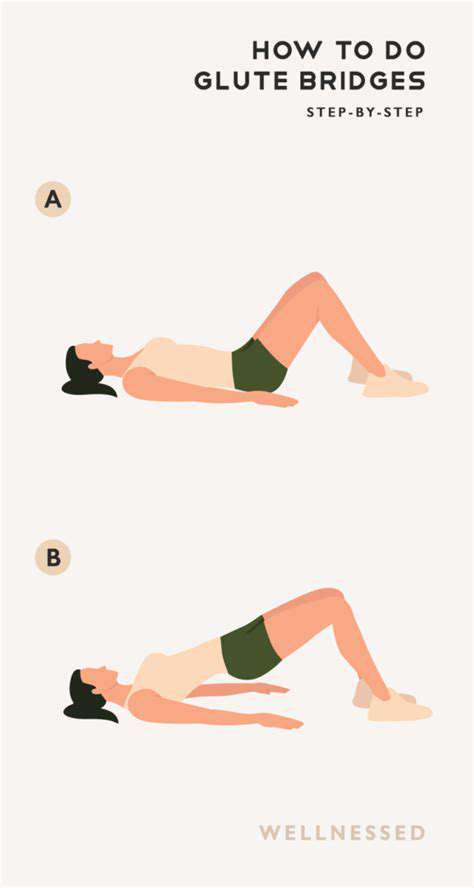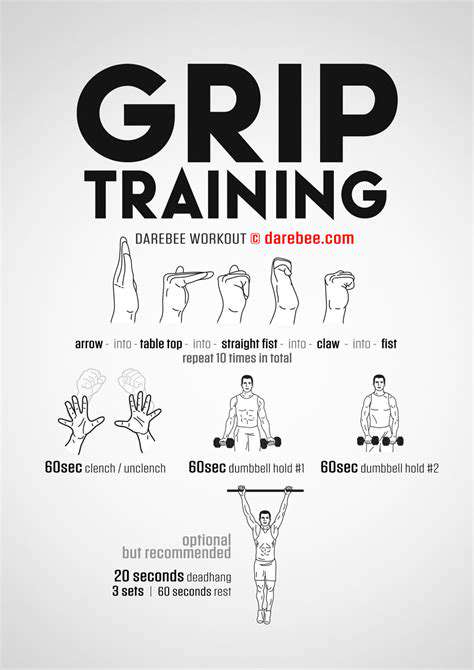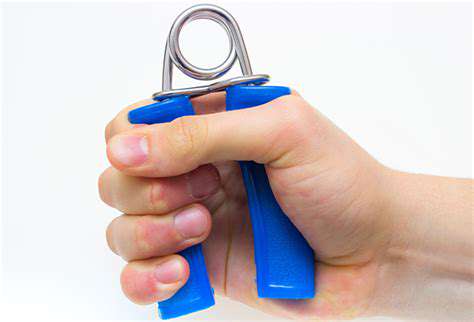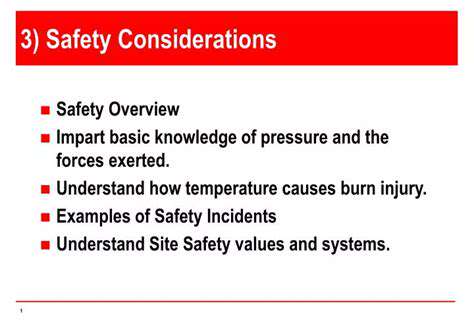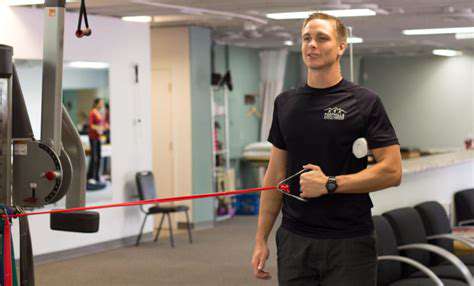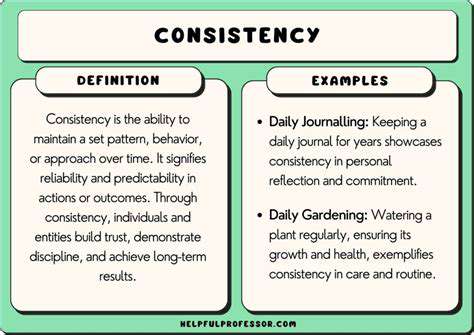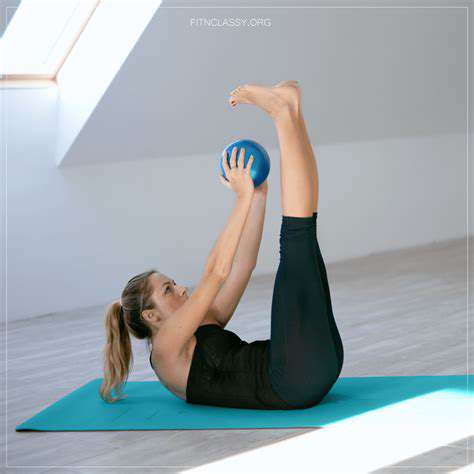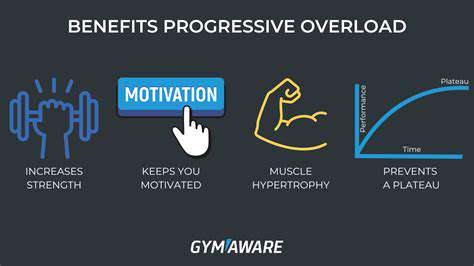Guide to Bodyweight Training Progressions for Strength
Mastering the Plank
The plank is a fundamental exercise that strengthens the core, improving stability and posture. Proper form is non-negotiable - maintain a straight line from head to heels while engaging your core muscles to prevent sagging or arching. Beginners should start with short holds (15-30 seconds) and gradually increase duration as strength improves. Controlled breathing and glute activation are often overlooked but critical for stability.
Variations like side planks and forearm planks offer progressive challenges. These modifications prevent plateaus by targeting different muscle groups. For instance, side planks specifically engage the obliques, while forearm planks reduce wrist strain. Listen to your body's signals - shaking muscles indicate fatigue, not failure. Consistent practice with proper form yields better results than pushing duration prematurely.
The Importance of Push-ups
Push-ups remain one of the most effective upper body exercises. The beauty lies in their scalability - from knee push-ups for beginners to explosive plyometric versions for advanced trainees. Key form points: hands slightly wider than shoulders, core braced, and controlled movement throughout. Many people rush through reps; slowing down increases time under tension for greater strength gains.
Beyond physical benefits, push-ups build mental toughness. Tracking progress (like increasing reps weekly) provides concrete motivation. Try alternating between standard, wide-grip, and diamond push-ups during workouts to target different muscle fibers. Remember - quality always trumps quantity when it comes to form.
The Crucial Role of Squats
Squats are the foundation of lower body strength. Proper form prevents injury while maximizing results: feet shoulder-width apart, knees tracking over toes, and descending until thighs parallel to the floor. Common mistakes include rounding the back and letting knees cave inward. Using a mirror or recording yourself helps identify form issues.
Bodyweight squats prepare you for weighted variations. Adding pauses at the bottom increases difficulty without equipment. For those with mobility limitations, squatting to a bench maintains proper depth. Consistent squat practice improves not just strength but also balance and coordination for daily activities.
Fundamental Pull-ups and Rows
Pull-ups challenge even seasoned athletes. Progressive training is essential - start with dead hangs to build grip strength, then progress to negative reps (slow descents). Scapular retraction exercises strengthen the crucial initial pulling motion often overlooked by beginners.
Rows offer excellent alternatives when pull-up bars are unavailable. Using a sturdy table for inverted rows makes this exercise accessible anywhere. Focus on squeezing shoulder blades together at the top of each rep. Pairing pull-ups and rows in workouts creates balanced upper body development.
Scaling Up: Progression Strategies for Push-Ups
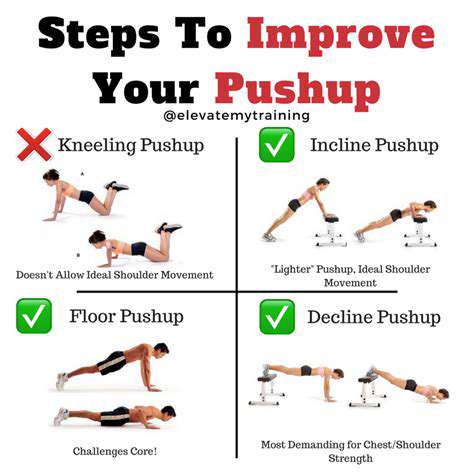
Understanding the Fundamentals of Scaling
Effective progression requires patience and strategy. The 10% rule prevents overtraining - increase volume or intensity by no more than 10% weekly. Track workouts in a journal to identify when to progress. Many plateau because they don't vary stimulus - alternating between volume days and intensity days keeps adaptations coming.
Developing a Scalable Training Approach
Periodization prevents stagnation - structure training in 4-6 week blocks with specific goals. For example, focus on endurance (high reps) for several weeks, then switch to strength (lower reps with harder variations). Deliberate practice beats random workouts - have a plan for each session rather than just doing push-ups.
Strategic Variation Implementation
Introduce one new variation at a time. Master incline push-ups before attempting decline versions. Use tempo changes (like 3-second descents) to increase difficulty without changing the exercise. Implement greasing the groove - doing multiple submaximal sets throughout the day rather than one exhausting session.
Adapting to Plateaus
When progress stalls, deload weeks allow recovery and supercompensation. Reduce volume by 30-50% for a week before resuming normal training. Sometimes switching to a different push variation (like dips) for a few weeks provides a mental and physical break while maintaining progress.
Elevating Squats: From Basic to Advanced Variations
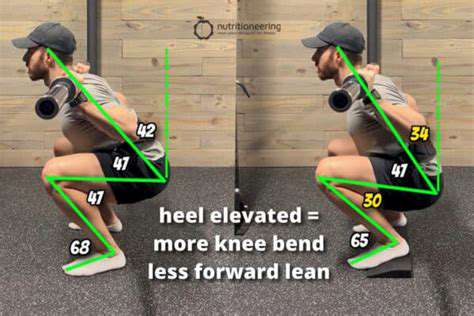
Mastering the Stance
Foot placement dramatically affects squat effectiveness. Wider stances emphasize glutes while narrow stances target quads. Experiment to find your natural squat stance - stand with feet shoulder-width apart and jump vertically several times; where your feet naturally land is likely your optimal squat width. Toe angle matters too - slight outward rotation (15-30 degrees) facilitates proper knee tracking.
Deepening the Descent
Full range squats provide maximum benefits but require adequate mobility. Ankle dorsiflexion and hip flexibility often limit depth. Daily mobility work (like deep squat holds) improves range over time. For those with tight hips, elevating heels on small plates or using squat shoes helps maintain upright torso position in deep squats.
Progressive Overload Techniques
Without weights, use tempo manipulation to increase difficulty - try 5-second eccentric (lowering) phases. Single-leg variations like pistol squats or shrimp squats provide significant challenge. Adding isometric holds at sticking points builds strength in weak ranges. Jump squats develop explosive power when performed with control.
Safety Considerations
Knee pain often stems from form issues rather than the exercise itself. Ensure knees track over (not beyond) toes. If experiencing back discomfort, focus on bracing core like preparing for a punch. Those with existing injuries should consult a physical therapist before progressing to advanced variations.
Beyond the Basics: Advanced Bodyweight Exercises for Strength Gains
Advanced Push-up Variations
Once mastering standard push-ups, progress to more challenging versions. Archer push-ups develop unilateral strength - keep one arm straight while bending the other. Planche lean push-ups (with feet elevated and hips high) build toward full planche. These advanced moves require significant core engagement and shoulder stability.
Dip Progressions
Dips transition well from parallel bars to rings for increased instability training. Adding weight via a backpack or dip belt provides progressive overload. For those without equipment, bench dips with feet elevated offer a starting point. Always maintain slight forward lean to emphasize chest over triceps.
Pull-up Mastery
Muscle-up training bridges the gap between pull-ups and dips. Start with explosive pull-ups, gradually increasing height until clearing the bar. False grip (wrists over the bar) facilitates the transition. These compound movements develop phenomenal upper body strength when practiced safely.
Core Specialization
Beyond planks, dragon flags and front levers represent elite bodyweight core exercises. Begin with tucked versions, gradually extending legs as strength improves. These moves require significant lat and abdominal strength, making them excellent benchmarks of overall bodyweight mastery.
Nutrition and Recovery: The Unsung Heroes of Strength Training
Protein Timing and Quality
Distribute protein intake evenly across meals rather than loading at dinner. Aim for 0.7-1g per pound of body weight daily from varied sources. Casein protein before bed provides slow-digesting amino acids overnight. Don't neglect plant proteins - combining rice and beans creates complete amino acid profiles.
Carbohydrate Strategies
Time carb intake around workouts - consume easily digestible carbs pre-workout for energy and post-workout to replenish glycogen. Sweet potatoes and bananas make excellent choices. On rest days, focus on fiber-rich complex carbs for sustained energy without spikes.
Recovery Modalities
Active recovery (light movement) often beats complete rest. Contrast showers (alternating hot/cold) may reduce muscle soreness. Self-myofascial release with foam rollers improves mobility. Prioritize sleep - growth hormone peaks during deep sleep cycles crucial for repair.
Supplementation Considerations
Creatine monohydrate has extensive research supporting its safety and efficacy. Beta-alanine helps buffer lactic acid during high-intensity work. These supplements work best when foundational nutrition and training are already optimized. Always consult a healthcare provider before starting new supplements.
Read more about Guide to Bodyweight Training Progressions for Strength
Hot Recommendations
-
*Guide to Managing Gout Through Diet
-
*Best Habits for Financial Well being
-
*How to Build a Routine for Better Mental Health
-
*How to Eat Healthy on a Budget [Tips & Meal Ideas]
-
*Guide to Practicing Self Acceptance
-
*How to Incorporate More Movement Into Your Day
-
*Guide to Managing Chronic Pain Naturally
-
*Guide to Building a Reading Habit for Well being
-
*Top 5 Weight Loss Supplements That Actually Work
-
*Best Exercises for Postpartum Recovery [Beyond Abdominal Work]
![HIIT Workout for Fat Loss [20 Minute Routine]](/static/images/26/2025-05/Exercises28Example293A.jpg)
